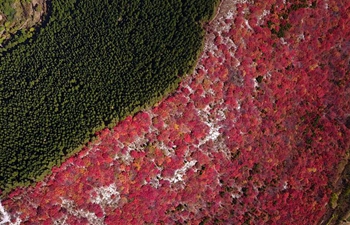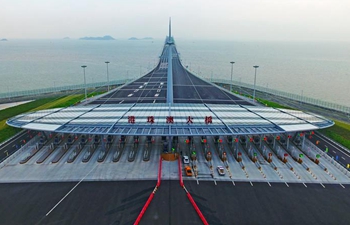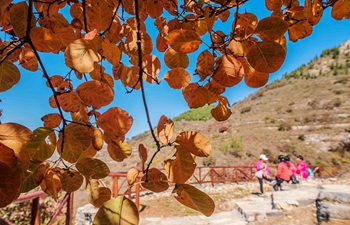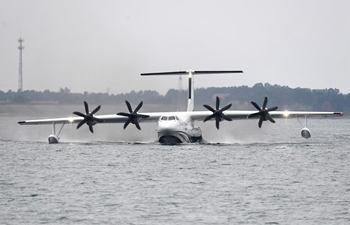XINING, Oct. 27 (Xinhua) -- The Qinghai Plateau, the northeastern part of the Qinghai-Tibet Plateau, has become significantly warmer since 1961, the latest statistics from the climate center of northwest China's Qinghai Province have shown. The average temperature of the plateau has climbed 0.43 degrees Celsius per decade, higher than the average speed of global warming, which is 0.12 degrees Celsius per decade, according to the center.
Statistics reveal that the temperature of the Qinghai Plateau has been significantly rising, especially since 1987. It has also become wetter between 1961 and 2017, with the average annual precipitation rate increasing 8.0 mm per decade.
The whole Qinghai-Tibet Plateau, often dubbed "the Roof of the World", is also becoming warmer and wetter due to global climate change, the center said. Influenced by this trend, the ecological environment of the Qinghai Plateau is becoming better despite shrinking glaciers and frozen earth, local meteorologists say.
The Qinghai Plateau is home to the headwaters of the Yangtze, Yellow and Lancang rivers, and viewed as China's major water conservation area and ecological protection area.

















